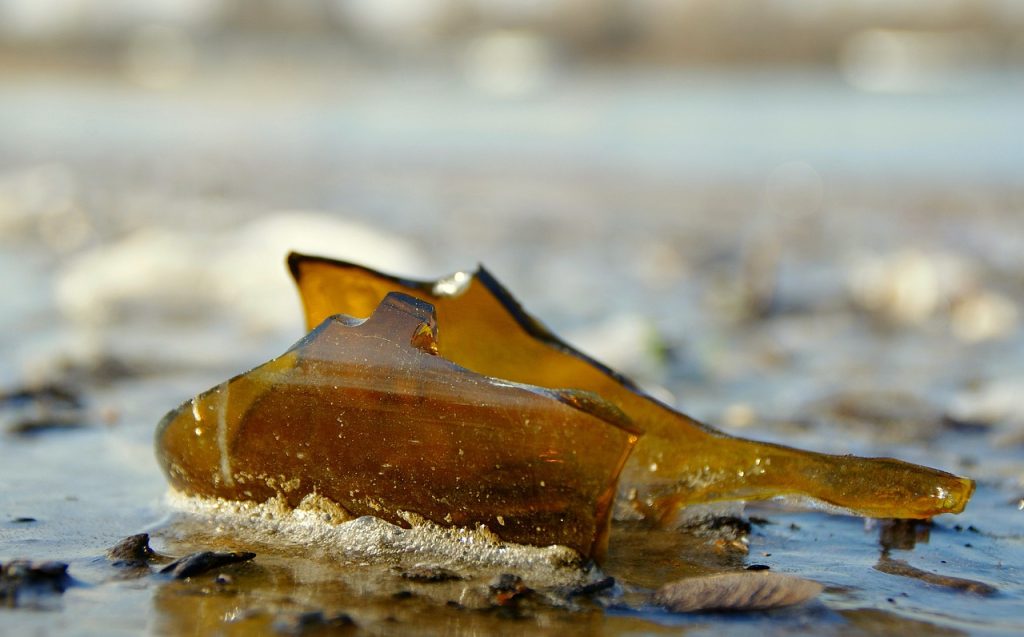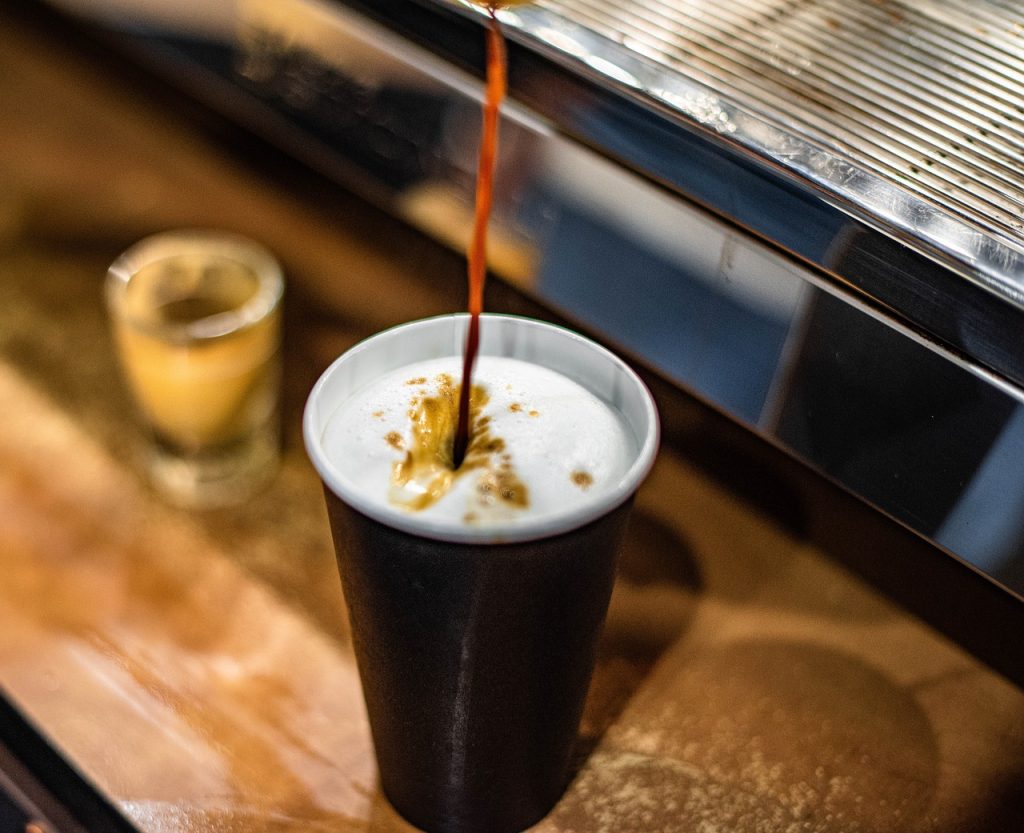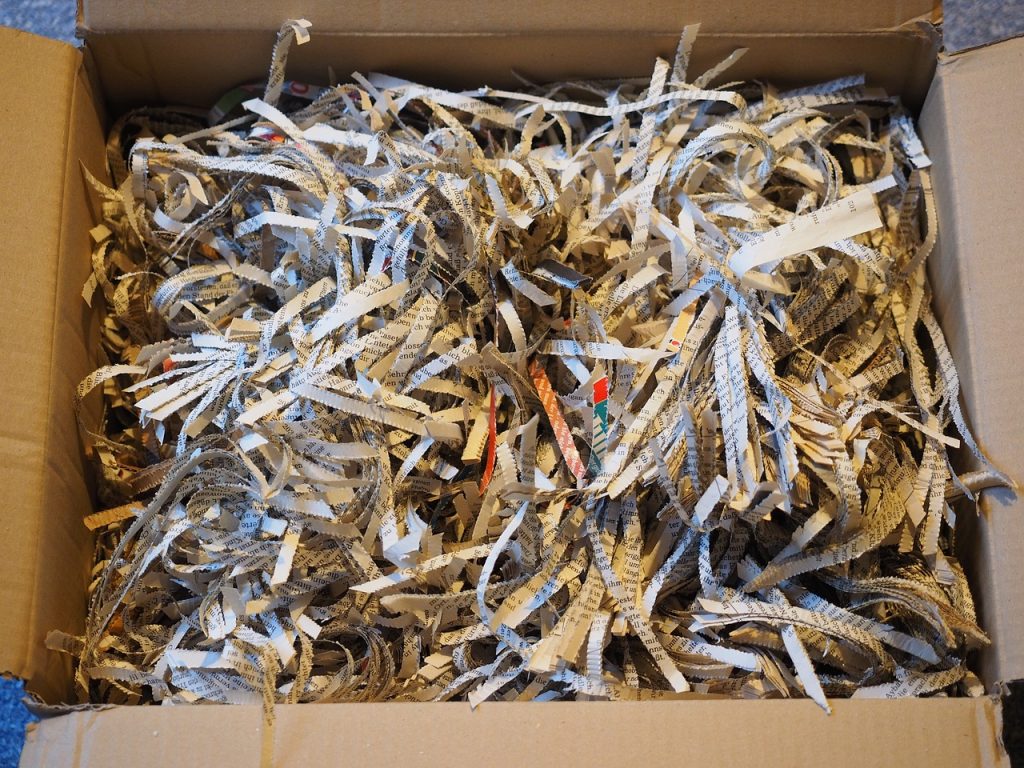- Sort out your recyclable glass materials, primarily focusing on container glass found in bottles and jars.
- Separate glass bottles and jars from other materials and place them in a dedicated recycling bin.
- Ensure the glass materials reach the recycling station where they are broken down into smaller pieces.
- The broken glass materials are then cleaned and prepared for the next steps of recycling.
- These materials are melted down in a furnace, transforming the crushed glass into recycled container glass.
- Finally, the recycled glass is repurposed into new glass objects, completing the recycling loop.
Introduction to Glass Recycling: Turning Bottles and Jars into Recycled Glass
Recycling is a powerful tool we use to transform waste into valuable raw materials. Among the numerous materials people recycle on a daily basis, glass stands as a key player in the recycling arena. When you understand how to recycle glass bottles and jars, there’s no limit to the environmental contribution you can make. Glass recycling is a critical component of our green initiatives, and it doesn’t have to be a complicated process.
To begin with, we should understand what glass materials are. Our primary focus in this guide is on container glass. This is the type of glass you would find in bottles and jars. It’s the most common type of glass objects that pass through our hands day in and day out. Everything from the glass container for your favorite pasta sauce to the glass bottle for your afternoon beer falls into the category of container glass. Container recycling of these glass materials calls for a systematic approach that starts with the simple act of sorting out recyclables from your waste.
Now, let’s talk about the bin. Yes, the humble recycling bin at your home or local recycling stations. These are the first points of contact for your glass materials that are destined for recycling. The journey of a glass bottle or a jar from your kitchen to a recycled container can be interesting to break down. First, it’s crucial to separate glass bottles and jars from other materials. This separation ensures that different materials can be processed efficiently. As a general rule of thumb, try to keep your glass bottles and jars separate from other recyclable materials in a different bin.
Once your glass bottles and jars reach the recycling stations, they undergo a process where broken glass is not a cause for concern. Rather, it’s a neck-deep part of the recycling process. The glass materials are broken down into smaller pieces, cleaned, and prepared for the next steps of recycling. This is where the magical transformation of everyday waste into recycled material begins.
These broken glass materials are then melted down in a furnace. That’s right, the crushed glass goes through a hot and transformative journey to rise as recycled container glass. This process, in simple terms, breaks down and molds the glass materials for repurposing. Your simple act of depositing a glass bottle or jar into a recycling bin can lead to the creation of an entirely new glass object. This is glass recycling at its finest.
What’s remarkable about glass recycling is that there is virtually no limit to how many times you can recycle glass. Unlike some other materials, each recycle glass loop retains its quality and properties. It is this potential that makes glass recycling so exciting and significant. The next time you’re about to discard a glass bottle or jar, take a moment to recognize the value of that waste. Consider what that discarded bottle or jar could turn into and the environmental benefits it can generate through glass recycling.
In conclusion, you hold power in your hands when you learn how to recycle glass. Knowing what goes into the process, and realizing the value of your actions can encourage better recycling practices. So, next time, don’t just toss your bottle or jar into the bin. Make the choice to recycle and contribute to a more sustainable future – that’s the real beauty of glass recycling.
Explore Glass Recycling: Learning to Recycle Glass Efficiently
Glass recycling can be an enigmatic process if you’re not familiar with it, but don’t worry! This guide’s here to shine some light on how to recycle glass. First off, most of us use glass materials in our daily lives and unconsciously contribute to the growing, recyclable glass in our environment. Glass bottles are a significant source of this. However, we often tend to ignore the importance of recycling them properly. Do you know that by recycling just a single glass bottle, we can save enough energy to power a computer for 25 minutes or a bulb for 4 hours? That’s the kind of energy conservation we’re talking about when we refer to glass recycling!
So, where do we start? The recycling bin is your best tool. Label a recycling bin in your house and make it the dedicated place for recycled glass. It’s also essential to properly sort out the recyclable glass. The cleaner and better sorted the recycled glass, the better its recycling quality. Accordingly, the Glass Packaging Institute (GPI) suggests sorting by color: clear, green, and amber.
You may ask, after the glass is recycled, where does it go, and what is it used for? Well, recycled glass contributes to a multitude of products. For instance, the most common use is in new glass materials. Yes, old glass is often recycled and repurposed into new glass, closing the loop and ensuring a cycle of materials that lowers our reliance on fresh resources. Additionally, recycled glass can even serve as raw materials for bricks, tiles, or asphalt.
Furthermore, embracing glass recycling benefits not only us but also the environment. As reported by the World Wildlife Fund (WWF), every ton of recycled glass saves 1.2 tons of raw materials. Besides, this significantly reduces CO2 emissions. When it comes to glass recycling, we’re talking about more than just recycling; we’re discussing sustainability and energy preservation.
Importantly, not all glass is recyclable. Ceramics, window glass, cookware, and mirrors cannot be recycled using conventional methods. Thus, learning to recycle glass efficiently requires recognizing what can be recycled and what cannot.
Let’s now note a crucial piece of advice. Before placing a glass container in the recycling bin, make sure it’s empty of all food and drink. Drink residues can contaminate recyclable glass, affecting the recycling process’s efficiency. Rinse out all bottles and jars after use, and make sure they are clean and dry before placing them in the recycling bin. It may sound like a lot of work, but trust me, it makes a significant difference.
To sum up, recycling is an essential part of our day-to-day lives, and having efficient recycling methods like glass recycling can drastically reduce energy consumption. Moreover, we should understand that every household material has its unique recycling process and requirements. For glass, it’s about sorting, cleaning, and making sure we are using the right bins. It’s high time we all learn to recycle glass properly and contribute constructively to our planet! So, next time you pick up a glass bottle, remember that’s it’s not just a glass. It’s an opportunity to conserve energy, save the planet, and with just a trip to the recycling bin, make a significant difference.
Decomposing the Junk: Understanding the Types of Glass that Can be Recycled
When we talk about recycling, we can’t ignore ‘glass’. Recognized for its superb recyclability, it is paramount that we learn the process of glass recycling. In this article, we aim to decompose the ‘junk’, and create a clearer understanding about the various types of glass that can be recycled. The core incentive behind recycling glass is to conserve energy, and reduce waste—microscopic leftover particles that wreak havoc.
Now, recycling isn’t as uncomplicated as chucking all glasses into a bin. Each type of glass has its unique attributes, thus, requiring distinct treatment in the recycling process. Broadly, glass can be classified into recyclable and non-recyclable. Let’s start with bottles—those green, amber, or clear glass containers. These bottles are 100% recyclable, and they don’t lose quality or purity in the process. After discarding such bottles into a glass recycling bin, they’re separated, and transported to a processing facility.
At the facility, these bottles are transformed into small pieces known as ‘cullet’. To achieve this, a ‘mesh screen’ is used to sieve these glass pieces based on their size. The larger pieces may require further division to create cullet—an integral part in glass manufacturing. This transformation reduces energy consumption—giving credence to the claim that recycled glass conserves energy.
One interesting aspect of glass recycling is the need to separate glass based on color. The transparent, green, or amber glasses are ‘sorted’ accordingly to enable manufacturers to produce similar color containers, and the recycling process doesn’t mix these. But there’s more than just color—impurities are a bane in recycling.”|
No universal method exists to separate materials or impurities. Various techniques are employed to remove materials like metals, ceramics, or stones—the culprits which contaminate glass, and even cause machinery breakdown. But, these exhaustive steps can be avoided, if we, as responsible individuals, ensure that only clean, recyclable glass is dispatched into the bin for recycling. One way to do this is by rinsing the containers before discarding them into the recycling bin.
Not all glass is recyclable. Some types, like pyrex, ceramics, mirror or window glass, crystal, or heat-resistant ovenware are not suitable for recycling due to their different melting points. These should not be placed in the glass recycling bin as they contaminate the recycled glass—leading to manufacturers producing faulty products.
Cullet—reduced from recyclable glass, has immense utility. It’s used to manufacture new glass containers, effectively serving as a solution for wasted glass. Recycling cullet is economically viable, and greatly reduces energy usage. By recycling one ton of cullet, approximately one ton of raw materials are saved, and nearly 315 kilograms of carbon dioxide emissions are avoided.
So, the next time you’re about to discard any piece of glass, spare a thought, ‘Is it recyclable?’. ‘Decomposing the Junk’—our endeavor to understand glass recycling is hugely rewarding. We can reduce waste, conserve energy, and contribute to minimizing the environmental impact—a mission that deserves our full support, one piece of glass at a time.
In conclusion, glass recycling is a sustainable, energy-efficient recycling process where various types of recyclable glass, like bottles and jars, are sorted by color and from different materials, recycled into cullet, which is then used by manufacturers to produce new glass containers.
Diving Deeper into Recycling: Ways to Reuse Recycled Glass
As we dive deeper into recycling, we’ll start to understand the various ways to recycle glass. Glass recycling is important for both our environment and energy efficiency, yet it’s something that not enough of us do regularly. Glass, in its countless forms – bottles, jars, packaging, or even glass items – is a significant component of household and commercial waste. That often ends up in landfills, contributing towards pollution. It doesn’t have to be like this; recycled and reused glass can reduce waste, conserve resources, and brighten up our lives in ways we may never have imagined.
Recycled glass, also known as cullet, is versatile. It can be used in many different ways; it’s not just about turning old bottles into new ones. Yes, that’s a significant part of it, but delving deeper into the recycling process, we stumble upon myriad of ways to reuse this valuable resource. One common way is to use recycled glass in food and beverage packaging, which saves natural resources and energy.
When we recycle glass for food packaging, the process begins with consumers like us recycling our glass waste. Once the glass has been collected, it is sorted, and any contamination removed before it is crushed into cullet. This cullet is then melted down and reshaped into new jars and bottles ready for consumers to use again. That’s where the glass recycling and reuse cycle completes full circle.
Another fascinating and innovative way to reuse recycled glass is in decorative items, building materials, and even as an abrasive. These creative uses not only help recycle more waste but also contribute towards a more sustainable future, where we do more than just dispose of our items once we’ve used them.
Manufacturing with recycled glass also saves a significant amount of energy. For every kg of cullet used, we save about 1.17kg of raw materials, and for every tonne of cullet recycled, we save the same amount of energy as powering a computer for five days. These significant energy savings from glass recycling result in fewer carbon emissions, hence less pollution, and a healthier environment.
A less familiar advantage of recycling glass is its use in increasing light reflection, especially in road markings. As glass is highly reflective, adding a small percentage of glass to road paint increases night-time visibility. This process reduces energy consumption compared to using additional street lighting; an excellent example of how innovative recycling can lead to all manner of unexpected benefits.
We’ve only just began to scratch the surface of the ways to recycle and reuse glass; there are countless paths ahead. If we put our mind and effort into it, we can create a sustainable future that does not just treat glass as waste to be thrown away but rather as a valuable resource to be efficiently recycled and reused in many various ways.
So let’s make the choice today to recycle our glass waste in an environmentally friendly manner. Remember: each time you drop a glass bottle or jar into the recycling bin, you’re taking a tangible step towards a more sustainable future. It’s about more than recycling; it’s about rethinking the way we deal with our waste and the way we consume. It’s about reconceptualising glass not as waste, but as an opportunity. An opportunity to save energy, reduce pollution, conserve natural resources, and every chance to create something new, functional, and beautiful from something old. That’s what diving deeper into recycling is all about.




